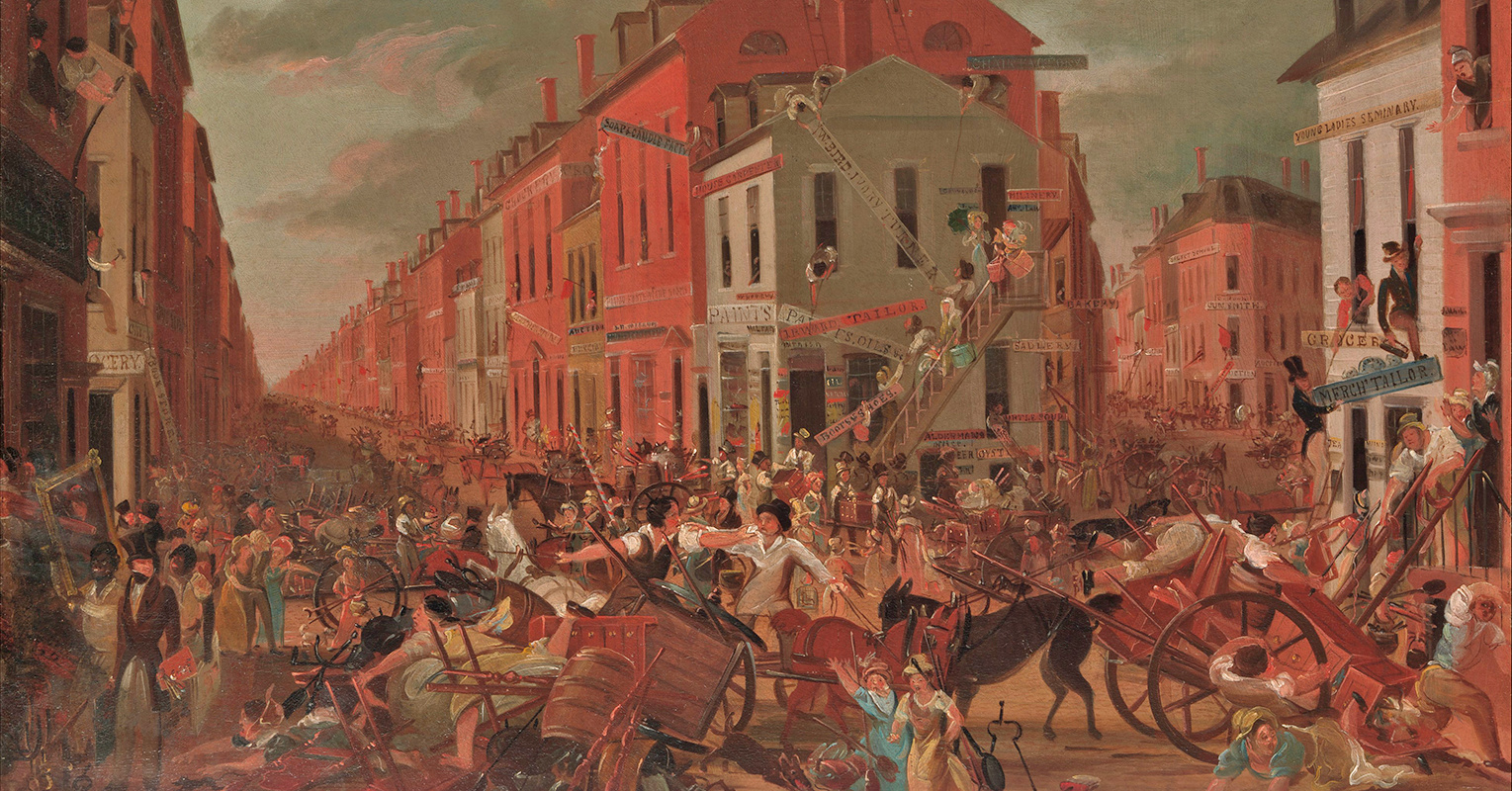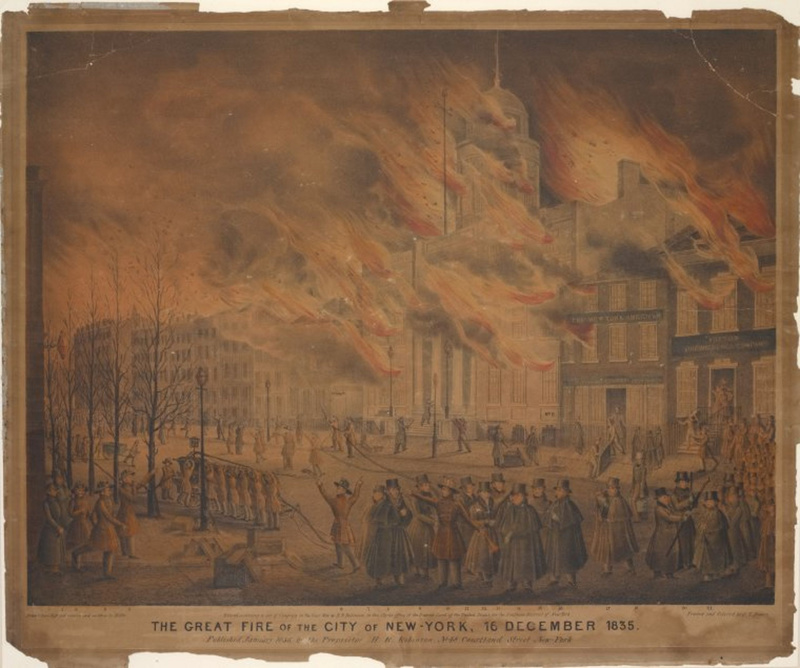Moving is stressful: the expenses, the packing, the unpacking. If you had to do this with thousands of other people on the same day, would you? If you want to keep your sanity, probably not. But this wasn’t an option 200 years ago. In the mid-18th century, mayhem filled the streets of New York City every May 1st when every lease—residential and commercial—expired simultaneously. This was an annual event called Moving Day.
This tradition caused the city’s renters to scatter like frantic ants on an ant hill. It was linked with Rent Day, which occurred on February 1st. On that day, landlords informed tenants of the rental price for the following year. The prices went into effect in May. Moving was not mandatory, but with few rent regulations in place, landlords could increase rent steeply. In the end, most tenants had no choice but to move.
Just imagine this: no bubble wrap or moving boxes, just valuable possessions stuffed into horse-drawn carriages. Between the jerky movements of the carts from the bumpy roads and the occasional spring rain, Moving Day was a stressful day for everyone involved.
A poem published in 1849 in the New York Atlas captured the scene:
Day of trouble—day of chaos/Day of toil for man and “dray-hoss;”/What confusion! Wha a rumpus!/On the sidewalk bedpost bump us/All are moving, helter skelter/Women scold and fume and swelter
Diarist George Templeton Strong wrote about what he saw on Moving Day in 1844, “Every other house seems to be disgorging itself into the street; all the sidewalks are lumbered with bureaus and bedspreads to the utter destruction of their character as thoroughfares, and all the space between the sidewalks is occupied by long processions of carts and wagons and vehicles omnigenous laden with perilous piles of moveables.”
You’d be right to think that people might turn to alcohol to escape the stress. Everyone was on edge about possible accidents, street fights, and damage to their personal possessions during the moving process. So, liquor stores were open by early morning, inviting everyone to drink their worries away.
The tradition of Moving Day started during the colonial period and ended after the Second World War. But why May 1st? The roots of Moving Day can be traced back to the Dutch colony of New Netherlands. The first day of May held special significance for Dutch settlers. It marked the day when the Dutch departed from the Netherlands to settle in the wilderness of North America. In Dutch New Amsterdam, May 1st became a pivotal day for social and business activities. It was the start of the trading season known as Handelstijd.
May 1st is a date that holds significance in many cultures around the world. The French tradition of Moving Day observed in Montreal, Canada (which later shifted to July 1st) is a version of Moving Day that continued into the 21st century. Even with the transition from Dutch to English rule, the tradition of Moving Day persisted in Manhattan due to the popularity of May Day celebrations in England. Moving Day remained ingrained in colonial life even after the departure of the British in 1783. In 1820, an official law was passed, long after it was already an accepted custom.
The practice lasted over 100 years but became less chaotic as time passed. In 1890, new laws discouraged price gouging among carriage drivers who transported renters’ belongings. By 1905, the New York Times declared that “modern methods” had “reduced the operation to a science,” and that the “once troublesome domestic problem” of packing up all your belongings was solved with the proliferation of professional movers.
Moving Day began to fade away in the 1920s as tenants gained new protections under the law and residents began to spread to the outer boroughs. By World War II, there was a second moving day, October 1st, as many families spent their summers outside the city. Since most men were off fighting overseas during the war, moving companies experienced worker shortages. In 1945, the post-war housing shortage and rent control laws finally ended Moving Day.
Thankfully today, there are no laws that hold us down with a strict deadline, (though as a remnant of the practice, there are still commercial leases that expire on May 1). So next time you move, be grateful you’re not part of a frantic city-wide exodus.
Learn more about Moving Day and other surprising stories from 1800s Manhattan on our new walking tour, Burning Gotham: Life in 1830s NYC!








